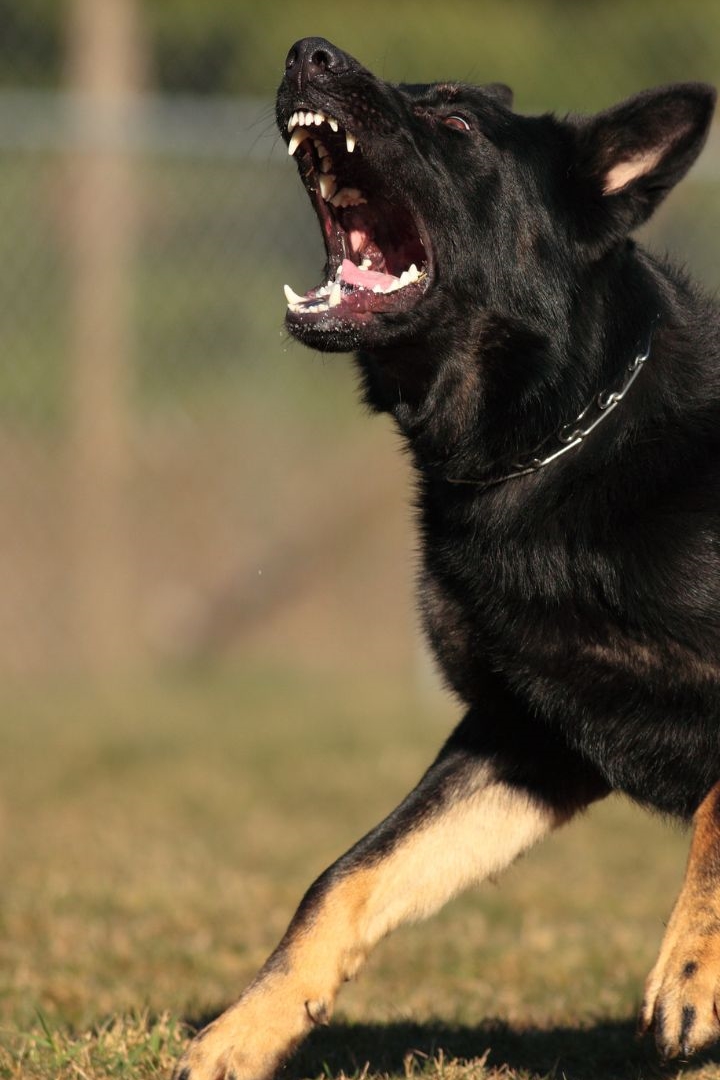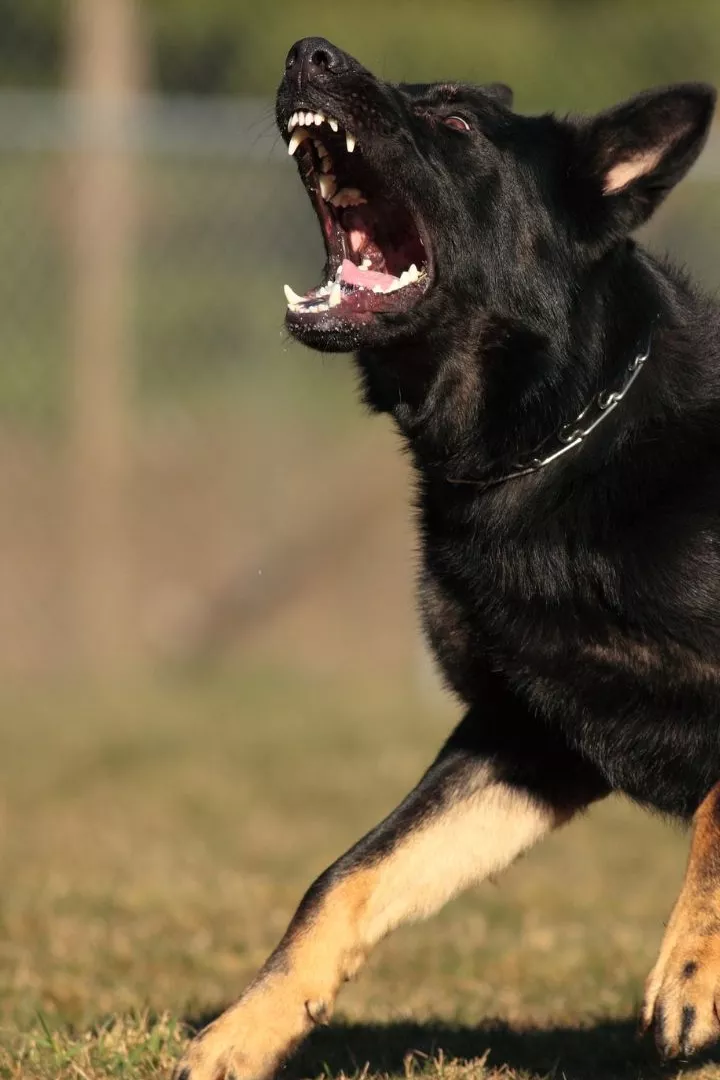

Dog Sounds: The Complete Guide to Canine Communication
Let's understand what the different dog sounds (whining, barking, howling and others) mean and what is your dog trying to communicate to you.


The Language of Barking
Barking is the most common form of vocal communication in dogs, serving multiple purposes.


Growling: Not Always Aggressive
Growling can indicate fear, playfulness, or a warning, depending on the context.


Whining: A Call for Attention
Whining often signals a need or discomfort.
Howling: Echoes of Ancestry
Howling is a throwback to a dog’s wolf ancestors and often signifies communication over long distances.
Yelping: The Sound of Pain
Yelping typically indicates sudden pain or surprise.
Panting: More Than Cooling Down
Panting is not just a cooling mechanism but also a sign of excitement or stress.
Snarling: A Clear Warning
Snarling is a definitive warning to back off.
Sighing: A Sign of Contentment
Dogs often sigh when they are relaxed or seeking attention.
Chuffing: Friendly Greetings
Chuffing is a low, breathy sound that dogs use to express friendliness.
Silent Communication: The Unheard Signals
Dogs also use silence as a form of communication, relying on body language and presence.
Other stories
Check out the other stories from The Happy Puppers
The blog
Check out the blog, The Happy Puppers.
Dogs bark to alert, express excitement, warn of danger, or seek attention. Each bark varies in tone, pitch, and frequency, providing clues about their mood or intent.
While often associated with aggression, growling can also occur during play or when a dog feels insecure. Observing accompanying body language is crucial to interpreting it correctly.
Dogs whine to express hunger, anxiety, pain, or a desire for affection. Understanding when and why they whine can help address their needs effectively.
Dogs may howl in response to sounds like sirens, or to signal loneliness, territory marking, or alignment with a pack instinct.
A sharp yelp can mean your dog is injured or scared. Promptly assessing the situation ensures their well-being and addresses the cause.
While panting is normal during exercise or heat, excessive or abnormal panting can indicate anxiety or underlying health issues, requiring attention.
A dog shows its teeth and growls as a defensive or aggressive reaction. Respect this signal to avoid escalating the situation and ensure safety for everyone involved.
A soft sigh accompanied by calm body language shows satisfaction. However, if paired with other signs of discomfort, it may indicate frustration or sadness.
This sound, similar to a muted bark, is often heard during play or when meeting new dogs or people in a friendly context.
A quiet dog might be content, observant, or anxious. Pairing silent cues with their posture and environment provides a fuller picture of their emotional state.